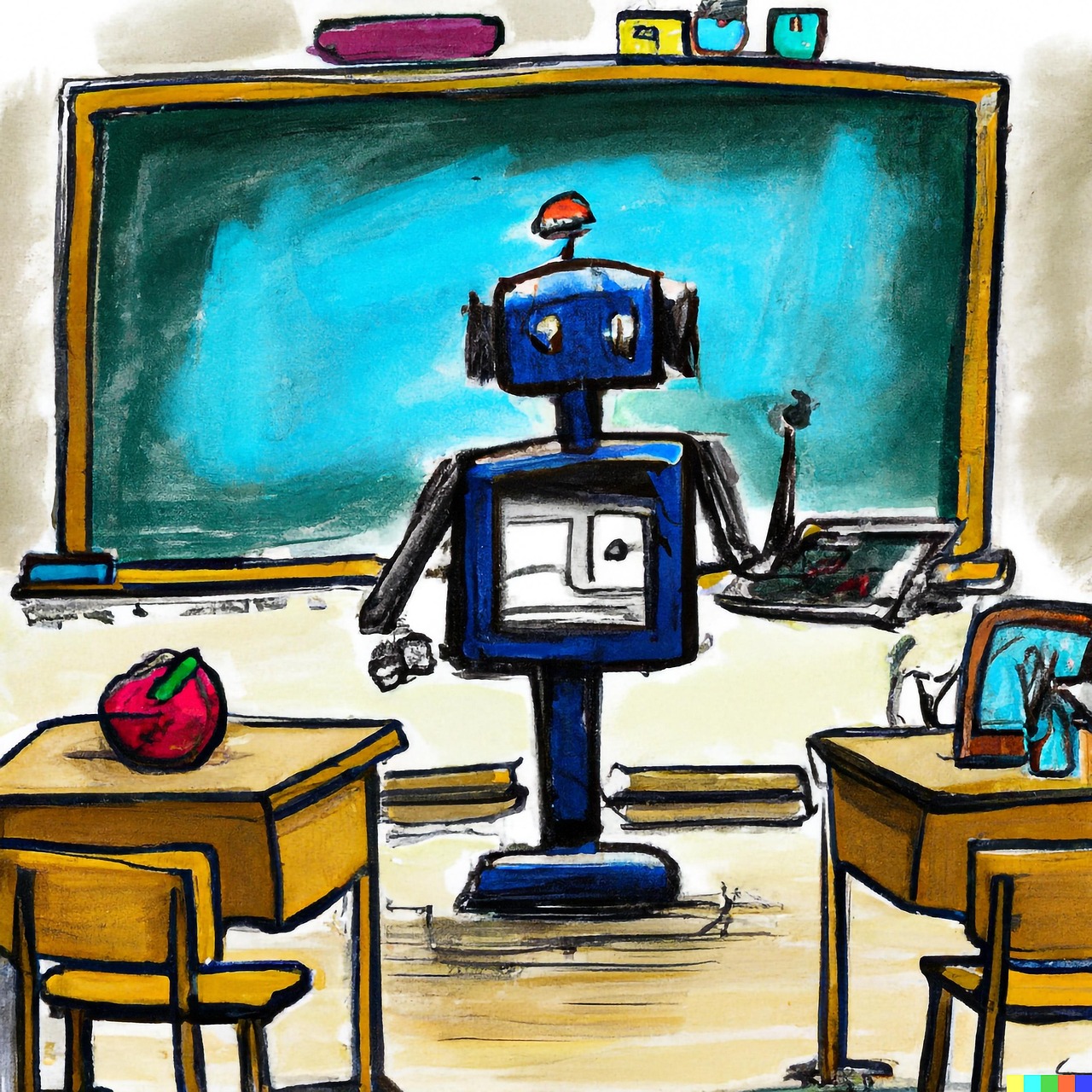The world of art is constantly evolving, and the latest game-changer is undoubtedly AI art. From stunning landscapes generated from simple text prompts to unique character designs crafted with artificial intelligence, AI art is rapidly transforming the creative landscape. Whether you’re an artist looking to incorporate new tools, a business seeking affordable visuals, or simply curious about the possibilities, this guide will provide a comprehensive overview of the fascinating world of AI art.
What is AI Art?
Defining AI Art
AI art, also known as AI-generated art, refers to artwork created through the use of artificial intelligence algorithms. These algorithms, often based on machine learning models like Generative Adversarial Networks (GANs) and diffusion models, learn from vast datasets of images and then use this knowledge to generate entirely new and original creations. The AI models analyze patterns, styles, and compositions in the training data, enabling them to produce artwork ranging from abstract patterns to photorealistic scenes.
- Key characteristics of AI Art:
Generated by algorithms, not solely human artists.
Relies on machine learning models trained on large datasets.
Can create a diverse range of artistic styles and outputs.
Often involves user input through text prompts or image seeds.
Popular AI Art Tools
The AI art landscape is brimming with tools, each offering unique capabilities and features. Here are a few prominent examples:
- Midjourney: Known for its ability to create highly detailed and imaginative images from text prompts. It excels in producing surreal and fantastical artwork.
Example: Prompt “A bioluminescent forest at twilight” produces detailed, atmospheric images.
- DALL-E 2 (OpenAI): Capable of generating realistic images and art from natural language descriptions. Known for its precision and ability to handle complex prompts.
Example: Prompt “An astronaut riding a horse in a photorealistic style” delivers incredibly realistic results.
- Stable Diffusion: An open-source AI model that provides a high degree of control and customization. Users can fine-tune the model for specific styles and applications.
Example: Its open-source nature allows users to train it on specific datasets of art styles.
- NightCafe Creator: A user-friendly platform that offers multiple AI art generation methods, including Stable Diffusion, DALL-E 2, and neural style transfer. Great for beginners.
How AI Art is Made
Understanding the Process
Creating AI art typically involves these steps:
The Role of Prompts
Prompts are crucial to the success of AI art generation. A well-crafted prompt should be descriptive and provide context to guide the AI.
- Tips for Effective Prompting:
Be specific: Instead of “a landscape,” try “a snow-covered mountain range at sunset with a frozen lake.”
Include artistic styles: Add phrases like “in the style of Van Gogh” or “photorealistic.”
Specify details: Mention colors, textures, and lighting conditions.
* Use keywords: Research popular AI art keywords to improve results (e.g., “octane render,” “unreal engine”).
Applications of AI Art
Creative Industries
AI art is already making waves across various creative industries:
- Graphic Design: Quickly generate design concepts, mockups, and illustrations. AI can produce different variations for A/B testing much faster than a human designer.
- Game Development: Create textures, concept art, and environment designs. AI can speed up the asset creation process considerably.
- Advertising: Develop eye-catching visuals for marketing campaigns. AI’s ability to generate unique and personalized content is a major advantage.
- Film and Animation: Generate storyboards, concept art, and even backgrounds.
- Fashion: Create unique patterns and designs for clothing and accessories.
Business Applications
Beyond the creative realm, AI art offers valuable benefits for businesses:
- Content Creation: Generate visuals for social media, blog posts, and websites.
- Marketing Materials: Create engaging images for advertisements and promotional campaigns.
- Product Visualization: Produce realistic renderings of products for online stores or presentations.
- Personalization: Tailor visuals to specific customer preferences for targeted marketing.
Practical Examples
- E-commerce: An online store uses AI to generate product images with different backgrounds and lighting to test which visuals perform best.
- Real Estate: A real estate company uses AI to generate virtual staging for empty properties, helping potential buyers visualize the space.
- Social Media: A social media manager uses AI to create unique and engaging visuals to increase engagement and brand awareness.
The Ethical and Legal Considerations
Copyright and Ownership
One of the most debated aspects of AI art is the issue of copyright. Who owns the copyright to an image generated by AI? The legal landscape is still evolving.
- Current Status: In many jurisdictions, copyright laws are designed to protect human-created works. The question of whether AI can be considered an “author” is a complex legal issue. Some platforms claim ownership of the generated images, while others grant users commercial rights, but this varies considerably.
- Challenges: Determining the originality of AI-generated art can be difficult, as the AI learns from existing datasets. It is important to understand the terms of service of the AI art platform you use.
Bias and Representation
AI models are trained on data, and if that data contains biases, the AI-generated art will likely reflect those biases. This can lead to issues of representation and potentially perpetuate harmful stereotypes.
- Addressing Bias: Developers are working to address bias in AI models by using more diverse datasets and implementing bias detection and mitigation techniques. Users should also be aware of potential biases and critically evaluate the output.
- Ethical Considerations: Responsible AI art creation involves careful consideration of the ethical implications and a commitment to using AI in a fair and inclusive way.
Conclusion
AI art is rapidly transforming the creative world, offering unprecedented opportunities for artistic expression and business innovation. While ethical and legal considerations are still being worked out, the potential of AI to enhance creativity and streamline workflows is undeniable. By understanding the tools, techniques, and responsible practices involved, you can harness the power of AI to create stunning visuals and unlock new possibilities in art and beyond. Explore the possibilities, experiment with different prompts, and contribute to the ongoing evolution of AI art.




